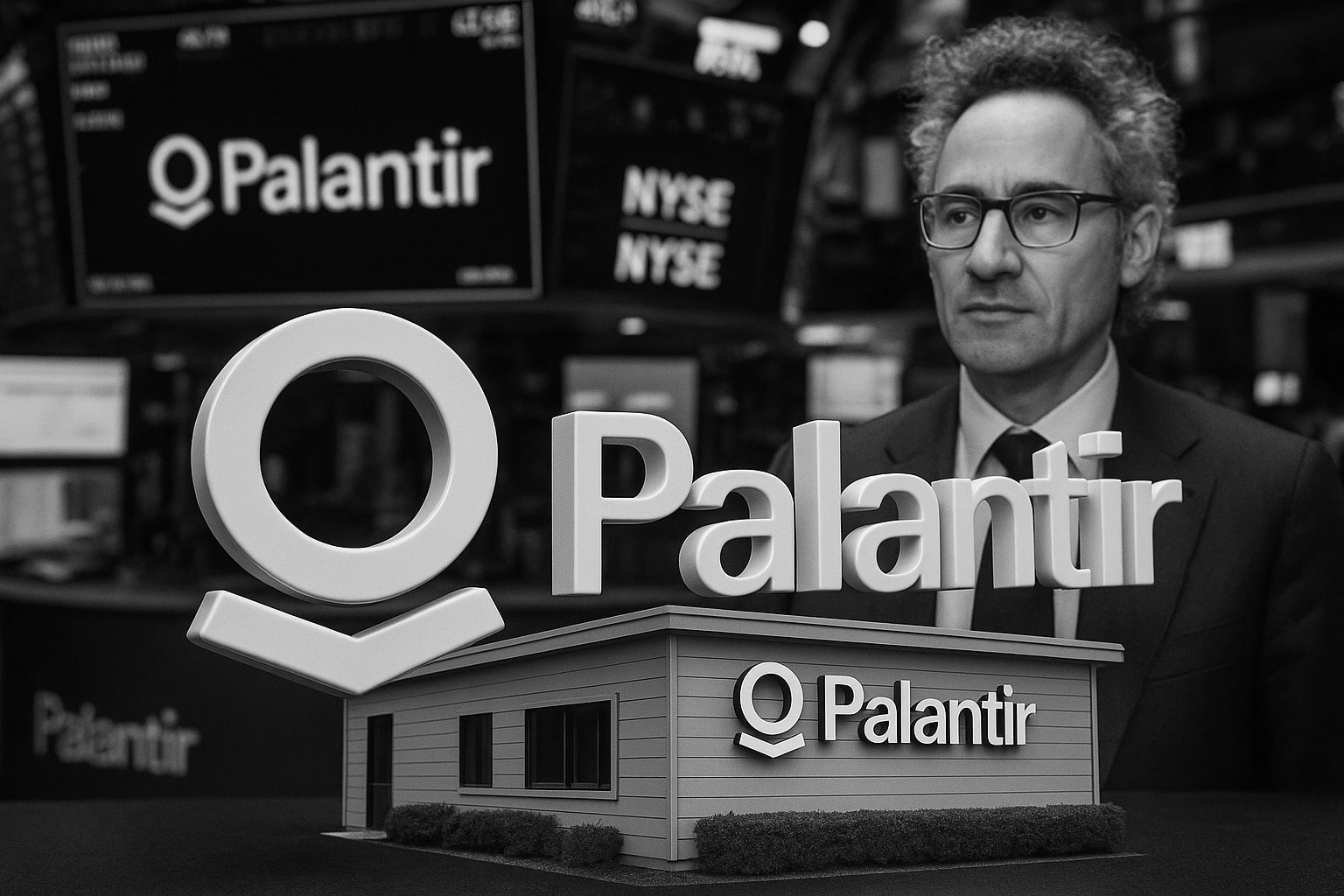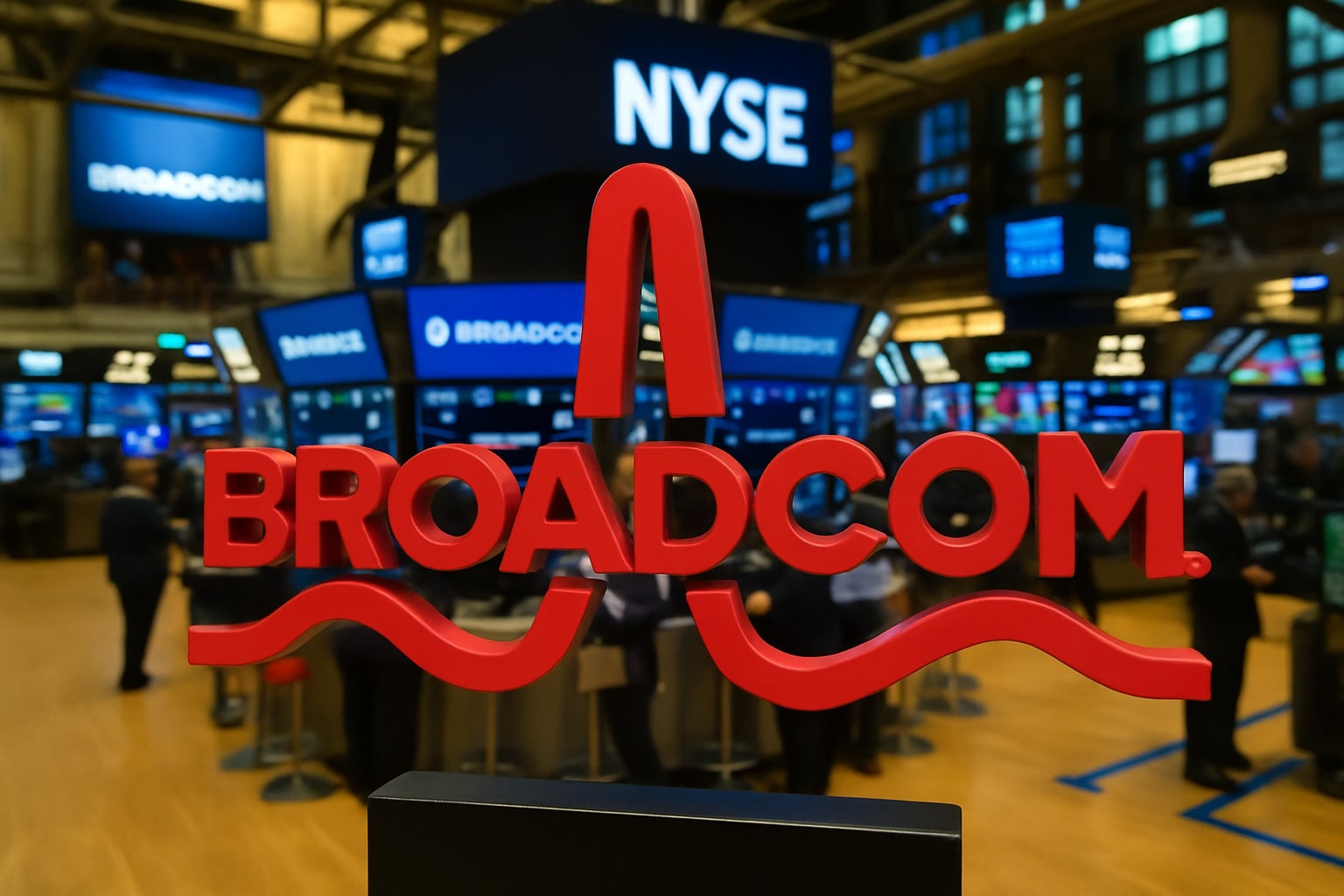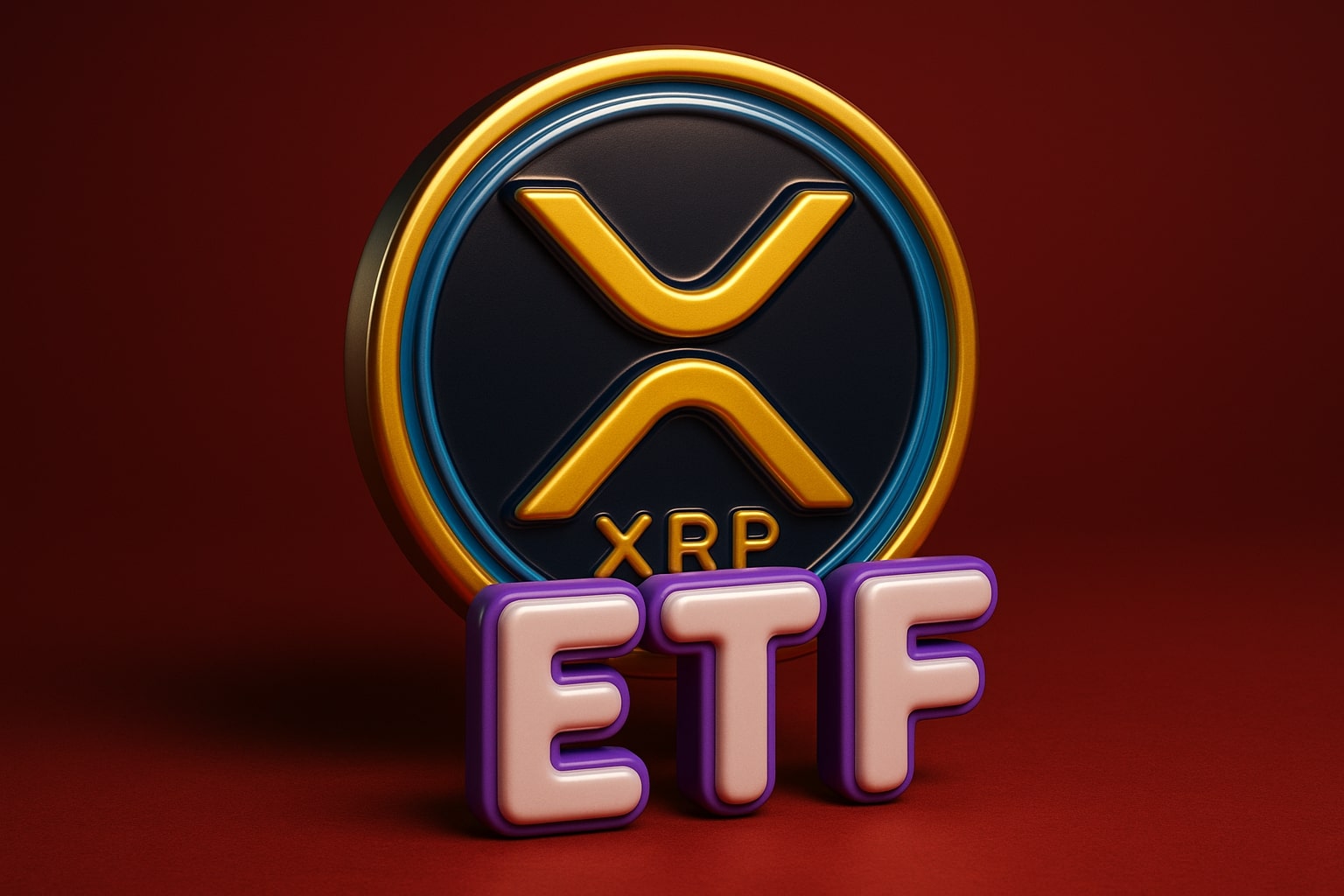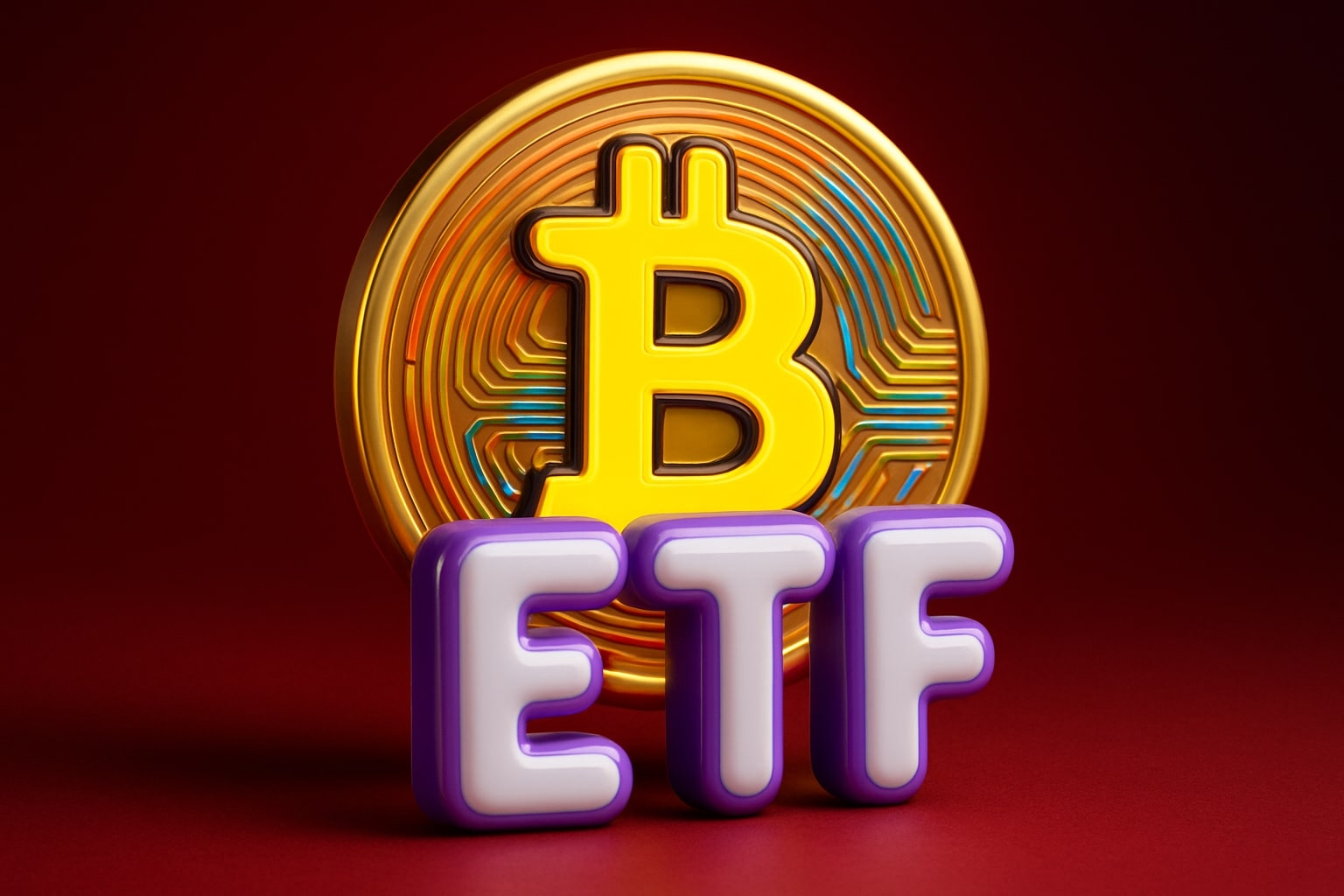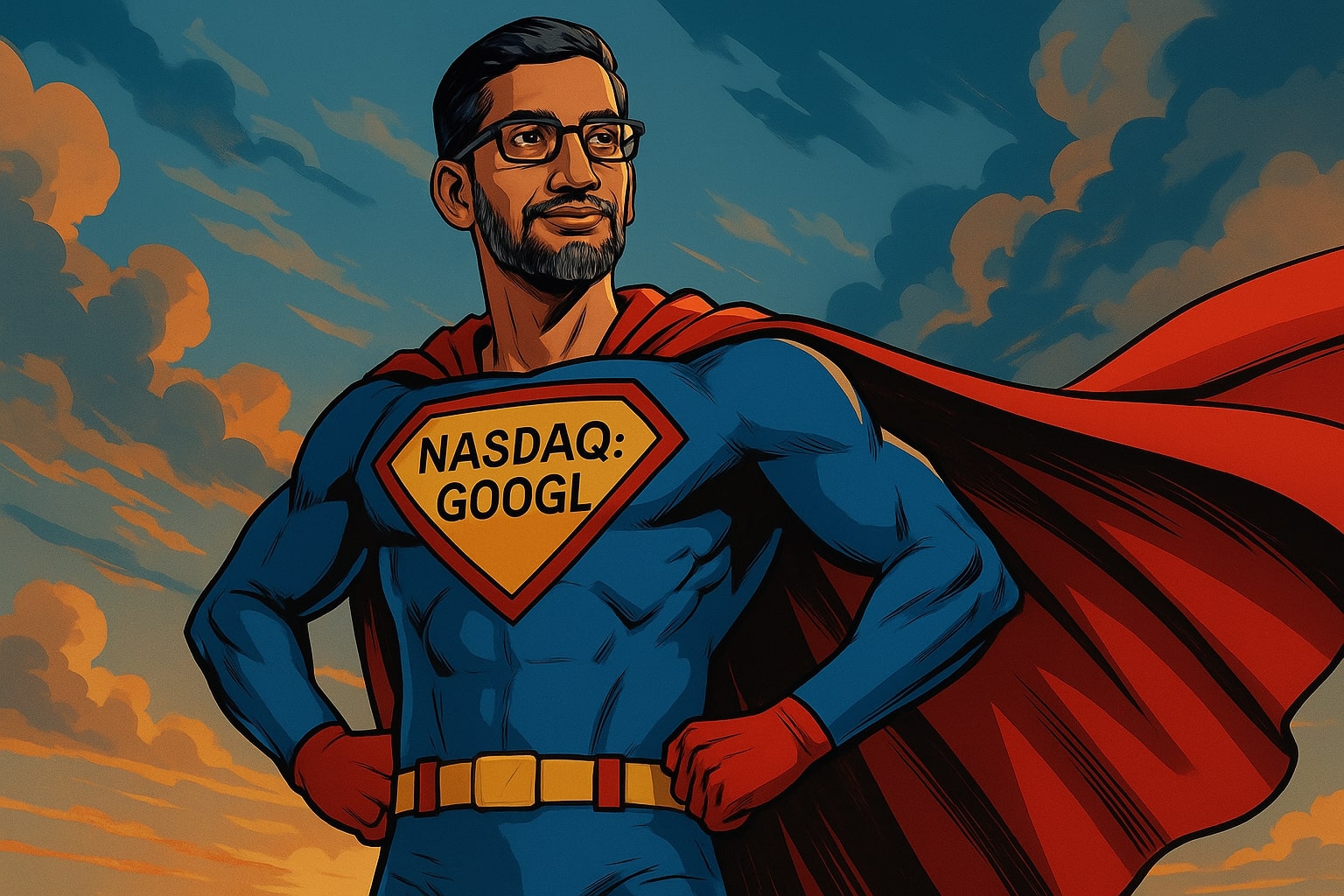
NASDAQ:GOOGL Rallies to $155 on Booming AI Deals and Robust Q1 Outlook
With EPS set at $2.01 and Q1 revenue tracking $89.2 billion, can Google break the $160 ceiling and validate its average Wall Street target above $200? | That's TradingNEWS
Forecasting NASDAQ:GOOGL’s Q1 2025 Earnings Amid Surging AI Demand
Alphabet’s next quarterly report arrives on April 24th, and the consensus expectation of $89.2 billion in top-line revenue and $2.01 in EPS masks an even larger story: YouTube is finally monetizing Shorts at scale, Google Cloud is flexing its muscle against AWS and Azure, and DeepMind investments are positioning the search giant at the epicenter of the AI revolution. Revenue consensus has crept up from 10.5 % growth in mid-March to 11 % today, reflecting renewed confidence in ad-tech tailwinds. Advertisers are signing longer AI-enhanced contracts in Google Ads and Performance Max, which should help offset any tariff-related blips in global ad spend. CapEx spending of $75 billion for 2025 underlines Alphabet’s commitment to scaling its TPU footprint and data-center network, which will support ever-heavier AI workloads—and that will show up in both revenue and operating leverage this quarter.
Trade War Crosswinds and Ad Spend Sensitivity for NASDAQ:GOOGL
Global uncertainty around tariffs has battered digital ad budgets, but Google’s scale and diversified portfolio provide a cushion that smaller platforms lack. While First Quarter U.S. social ad spend could slump by up to $10 billion in a worst-case tariff scenario, Google’s ad revenue mix is roughly 50/50 domestic versus international, and YouTube’s one-off ad surcharges on hardware imports are less impactful than for cloud or hardware vendors. U.S. digital advertisers surveyed by IAB say they’ll cut 13 % of their April-June budgets at worst—but that still leaves Google Ads and YouTube capturing more than 70 % of U.S. search ad dollars. In emerging markets, Alphabet’s ad free cash flow margin of 20 % provides ample headroom to absorb pricing pressure and maintain attractive ROI guarantees on Performance Max campaigns.
Antitrust Overhang and the Chrome Divestiture Debate
The DoJ’s April ruling that Google must spin off Chrome threatens to shave $1–2 billion in annual operating profit if implemented. Even so, the process could take years—litigation timelines and appeals alone could stretch past 2027. For now, NASDAQ:GOOGL remains the default search engine on over 90 % of Android devices and 50 % of iOS installs via default agreements with Apple. Any forced divestiture would require regulators to demonstrate a viable competitor, yet no challenger commands more than 5 % of global desktop search. As a result, management has guided that the prospect of a Chrome spin-out will have minimal near-term impact on earnings. Investors should monitor the April 29 hearing in Washington, where Google’s legal team is set to rebut claims of exclusionary practices.
Valuation at a 14–15 x Forward P/E: Rare Cheapness for NASDAQ:GOOGL
At roughly $150, Alphabet trades at 14–15 times 2026 consensus EPS of $10, a level last seen during the 2022 trough. Even if EPS were to slip to $9 in a mild recession scenario, the stock would still change hands at only 16.7 x forward earnings—well below its ten-year average of 20 x. Free cash flow margins of nearly 21 % and a fortress balance sheet with $67.5 billion net cash can sustain accelerated R&D and CAPEX for AI infrastructure without jeopardizing shareholder returns. My discounted cash flow model, using a 9.7 % FCF margin and conservative 50 bp annual expansion over a 3.5 % terminal growth rate, yields a fair value near $190—implying roughly 27 % upside.
Wall Street Price Targets Point to Upside Beyond $200
Analysts covering NASDAQ:GOOGL maintain an average price target north of $200, with the low end at $170 reflecting only 13 % upside and the high end at $240 implying 60 % gains. That contrasts sharply with the current 10 % YTD drawdown. Approximately 80 % of Buys remain on the tape, and revisions over the past month have skewed upward in EPS and revenue estimates—signaling that the market is underpricing ongoing momentum in Cloud and AI search licensing. Even in a slower digital ad environment, Google’s pathway to $20 EPS in 2027 remains intact, which would justify a stock price in the $400–500 range by decade-end if growth reaccelerates post-recession.
Insider Transactions Reveal Divergent Confidence Signals
Major shareholder and board director Sundar Pichai’s modest purchase of 10,000 shares at $155 on April 10th suggests conviction in long-term AI scaling. Conversely, a secondary exec sale of $5 million in mid-March appears tied to diversification rather than distress, given its negligible size relative to total compensation. Tracking recent filings on NASDAQ:GOOGL’s insider transactions confirms no large bearish bets from leadership—a bullish rarity when government scrutiny is high.
Risk Factors: Tariffs, Tech Sell-Offs, and Recession Prospects
Persistent core inflation above 3 % could delay Fed cuts and prolong a high-rate environment, pressuring ad budgets and cloud project approvals. A 2 % global GDP slowdown would likely shave 5–8 % off 2025 EPS, but Google’s ad-tech hedges and enterprise software subscriptions should moderate the impact. A deep recession could push share price toward $120, but a return to normalized growth would see rapid re-rating once markets refocus on secular AI wins.
Strategic Position: Buy NASDAQ:GOOGL for AI-Led Rebound
Alphabet’s recent share price drop to $150 offers a compelling entry point for investors targeting market-leading AI innovators with robust free cash flow and minimal balance-sheet leverage. With forward P/E at multiyear lows, Cloud margins expanding and YouTube monetization kicking into high gear, the stock sits at the intersection of defensive advertising and offensive AI growth. While near-term volatility from trade tensions and legal headwinds could linger, the asymmetric upside toward $200–240 outweighs the downside risks. My view: Buy NASDAQ:GOOGL as the post-earnings relief rally could exceed 30 % once AI licensing deals and ad-tech investments confirm resilience through economic cycles.
That's TradingNEWS
Read More
-
GPIQ ETF Rises on 10% Yield and AI Boom as Investors Brace for Tech Volatility
14.10.2025 · TradingNEWS ArchiveStocks
-
Ripple (XRP-USD) Stabilizes at $2.51 as Whales Buy $5.5B and ETF Outflows Shake Crypto
14.10.2025 · TradingNEWS ArchiveCrypto
-
Natural Gas Price Forecast - NG=F Falls to $3.07 as Supply Glut and Weak Heating Outlook Hit Demand
14.10.2025 · TradingNEWS ArchiveCommodities
-
USD/JPY Price Forecast - Dollar to Yen Slides to 151.80 as Trade Tensions Boost Yen Strength
14.10.2025 · TradingNEWS ArchiveForex















